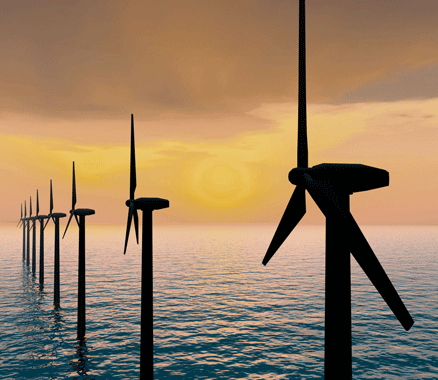More news

The wind energy industry dreams of developing maintenance-free systems.
One important hurdle on the path to achieving this goal is the fact that the longitudinal edges of rotor blades are subject to the effects of weather: when it is raining and the blades are turning quickly, raindrops hit the edges of the blades at high speed and with a large amount of energy.
Over time, this destroys the coating layer and the composite material beneath.
This edge erosion can reduce annual energy performance by more than five percent.
In addition, the systems have to be serviced more frequently.
A consortium managed by the Technical University of Denmark – the world’s largest public research institute focused on wind energy – is currently carrying out a research project named DURALEDGE (from Durable Leading Edges) to investigate erosion mechanisms and develop new coatings to permanently protect rotor blades.
In addition, the consortium aims to develop calculation models to predict edge protection.
Leading global manufacturers of wind energy systems and coatings are members of the consortium, as is Covestro as a key raw materials partner.
The company has been engaged for many years in a sustainable energy supply.
Longer use, lower maintenance costs
"We are working at high speed to develop a raw material for a specialised, robust paint system” says Dr Matthias Wintermantel, Head of Market and Business Development Infrastructure Coatings at Covestro.
"It will significantly increase the service life of rotor blades, while also reducing maintenance expenses and associated costs.
"This lets us help make sustainable energy production using wind power even more economical”.
One goal in developing future rotor blades is to increase the peak speed at the ends of the blades.
The aim is an increase to over 90 metres per second, to improve the performance of wind energy systems.
This also lowers electricity generation costs for converting wind energy into electrical energy.
The DURALEDGE project started on November 1st, 2018 and had a term of three years.
It is being funded with 11.7M Danish Krones (around €1.57M) from the Danish Innovation Fund.



